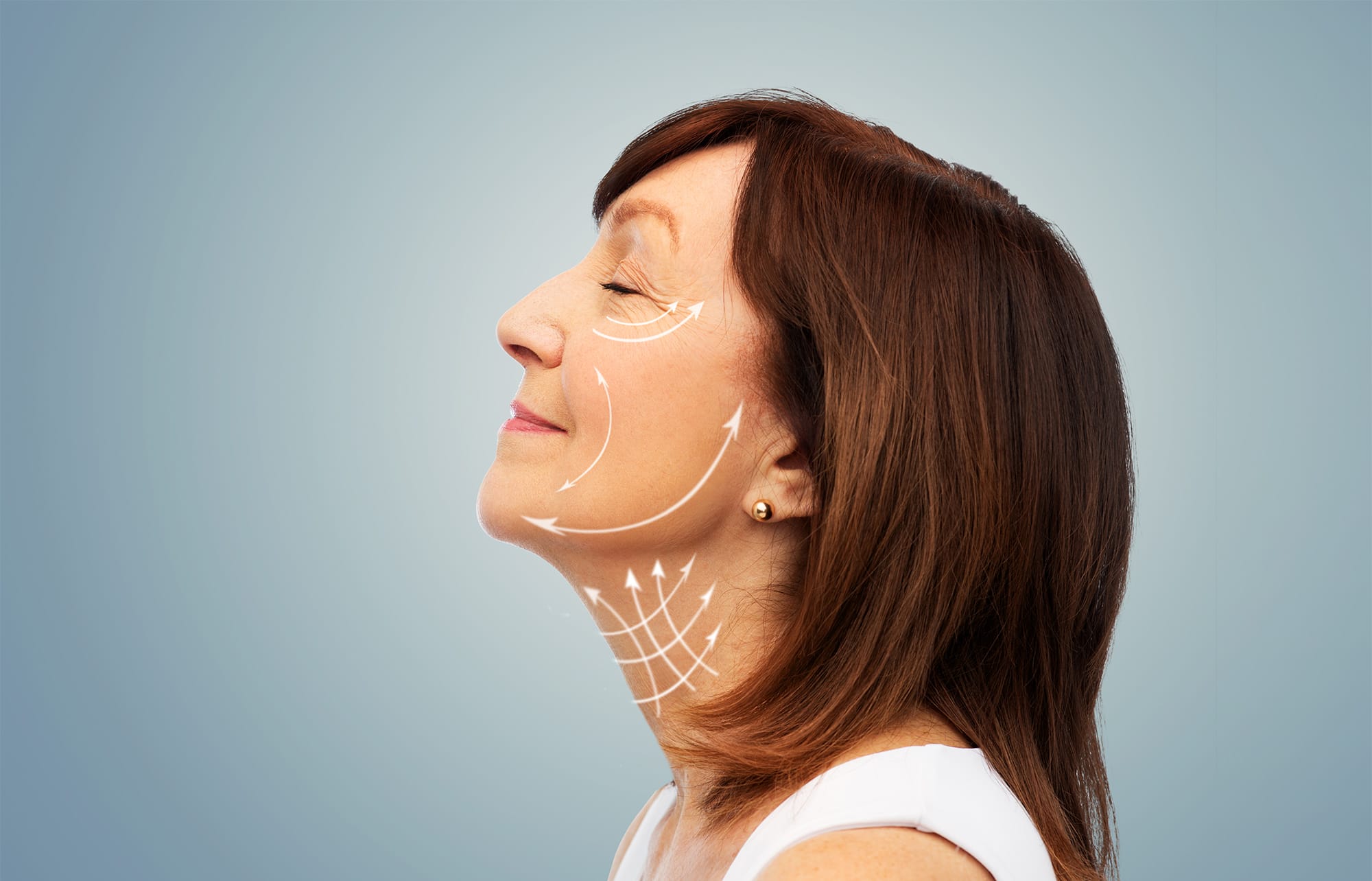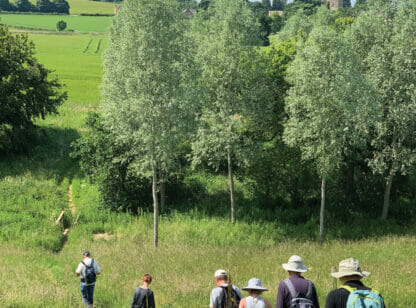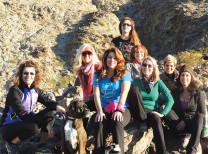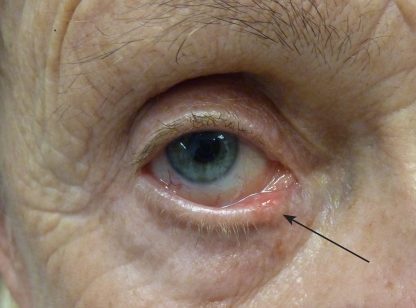Aging is something we all come to terms with differently. When we look in the mirror and see changes, it’s natural to consider what we can do to turn back the clock. In fact, the concept of facial rejuvenation dates back to ancient civilizations where massages, herbal remedies and rudimentary surgical procedures were employed.
Today, we have a large variety of products and procedures from which to choose, with the most substantial being a full facelift. And while they can certainly deliver desired results, it is not without the investment of significant money and recovery time.
Since we have featured Rim Marcinkus, MD in Health & Beauty, several readers have asked how his European facelift differs from a standard facelift, so I thought I’d sit down with him to learn more and answer that question for us all.
Research states that European surgeons have been refining cosmetic surgery techniques for decades with the goal of less invasive techniques and scarring, shorter incisions and recovery time, and the use of local anesthesia and sedation over general anesthesia, which adds risk to any procedure.
When Dr. Marcinkus, who hails from Lithuania, started practicing in Europe over 40 years ago, local anesthesia was standardly used. When he came to the U.S. in the early ‘90s, general anesthesia was standard practice and remains so today.
“There are thousands of ways to do facelifts and many different techniques and materials are used,” he explains. “It is not uncommon for surgeons to use deep anesthesia and to make deep incisions that leave patients black and blue for weeks and even months with hospital stays required.”
“Our goal is to make procedures simple and safe using IV medications to relax patients for the one to one-and-a-half hour procedure. The patient remains wrapped for one night and returns the next day for bandage removal. In most cases, they are ready to return to their normal routine that day.”
There are multiple components that may be considered, including a facelift, neck lift, temporal lift, eyelids and brows, liposuction and injections, and up to six can be done within the hour-and-a-half timeframe. The combination of components is determined in a preceding consultation with the doctor.
Is this timely and less invasive method due to advanced technology? No, says Marcinkus. It is due to tricks and techniques learned in over 40 years of doing facelifts with the goal of maximizing results while simplifying the procedure. “Our European facelift uses very gentle surgical techniques, hidden and minimal incisions and special solutions to minimize swelling.” Technology such as high-quality lasers and radiofrequency may be used later for maintenance, he adds, “but nothing is better than the human hands of a skilled practitioner.”
Those who should consider non-surgical options instead include patients with clotting and cardiac conditions and those who smoke. “In Europe, they used to refuse smokers entirely,” he says. “In the U.S. we advise smokers to stop for at least two weeks prior to the procedure and less invasive measures are used.”
When asked who he considers the best candidates for the procedure, age is not a factor. “Our patients range from 34 to 94, so I’d say anyone looking to enhance their appearance with more natural looking results.”
Lauren Del Sarto is founder/publisher of Desert Health and may be reached at Lauren@DesertHealthNews.com.

















































Comments (0)